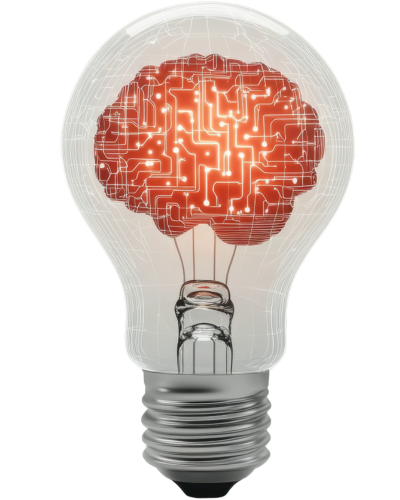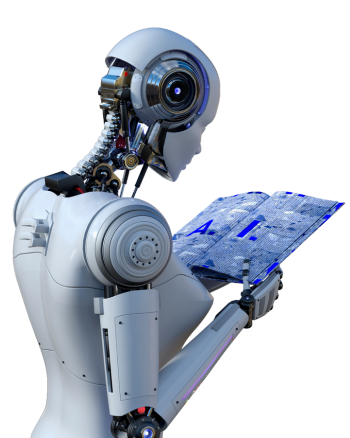




The ongoing debate over the protection of works generated with the help of artificial intelligence tools has provoked strong reactions within the legal community. Some view it as a fundamental rupture with the principles of copyright law and question whether such works should be eligible for legal protection at all.
Yet the opposition often drawn between so-called “authentic” creation, produced through traditional methods, and allegedly lesser creations assisted by technological tools seems both reductive and legally unfounded.
Copyright law has never protected a technique. It protects original expressions, provided they result from free and creative choices made by a natural person. This criterion, firmly rooted in French and European case law (CJEU, Infopaq, BSA, Painer…), remains entirely applicable to works created using AI systems, as long as a human has directed the process, shaped the output, selected the final result, in short, acted as an author.
The use of prompts, parameter settings, curatorial decisions, or even successive iterations in a generative process can satisfy this requirement, as long as they reflect a personal, free, and creative contribution. The issue is not whether a technology is used, but whether a meaningful human intervention is present.
A historical example helps clarify the matter. Vera Molnár, a pioneering figure in algorithmic art, began as early as the 1960s creating works based on logical rules, computational procedures, and simple software. Far from passively relying on machines, she designed her own generative systems, determined the aesthetic variations, and curated the visual “accidents” that became her signature. Her body of work, now exhibited in major art institutions, is the result of an undeniably human and artistic process. It has always deserved copyright protection.
Many contemporary artists continue in her footsteps, such as Refik Anadol or Sougwen Chung, who explore the creative possibilities of AI models as compositional and interpretative tools. These are not technicians; they are authors. And they should be recognized as such.
It is unfortunate that much of the current legal debate in France is focused almost exclusively on training data, text and data mining, or the protection of prior rights, issues that are certainly legitimate, but which should not obscure the equally important need to consider how to protect new forms of creation that emerge from these technologies.
By fixating on the specter of technological threat, we risk overlooking the real cultural issues at stake. A too-binary approach prevents us from thinking about copyright as a living, adaptable framework, one that has always evolved to embrace new creative practices.
This is therefore not a call for ideological realignment, but an invitation to return to the core principles of copyright, and to apply its established criteria, originality and human authorship,without prejudice, regardless of the tools employed.
History shows us that copyright law has successfully embraced photography, cinema, digital art, and virtual reality. It must now approach artificial intelligence with the same openness, and ensure the protection of new forms of creation, wherever a genuine human authorship is present.



